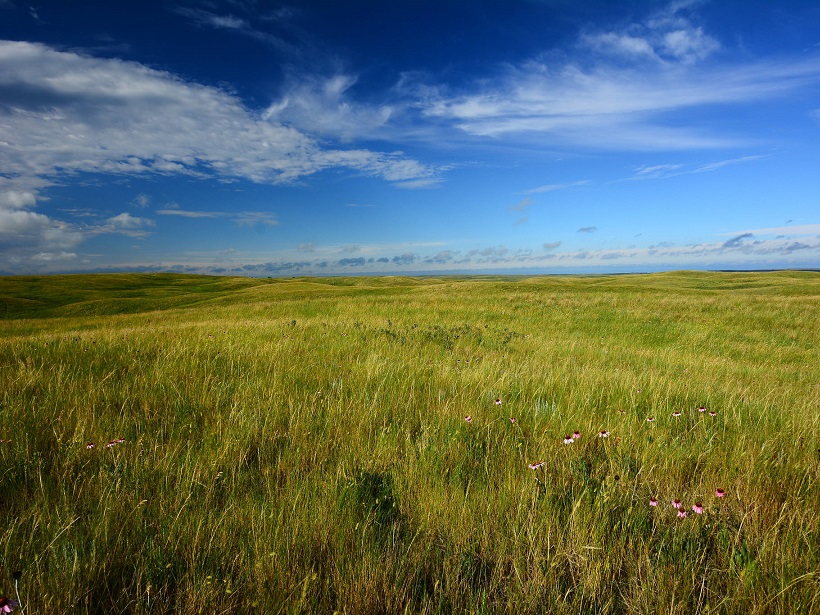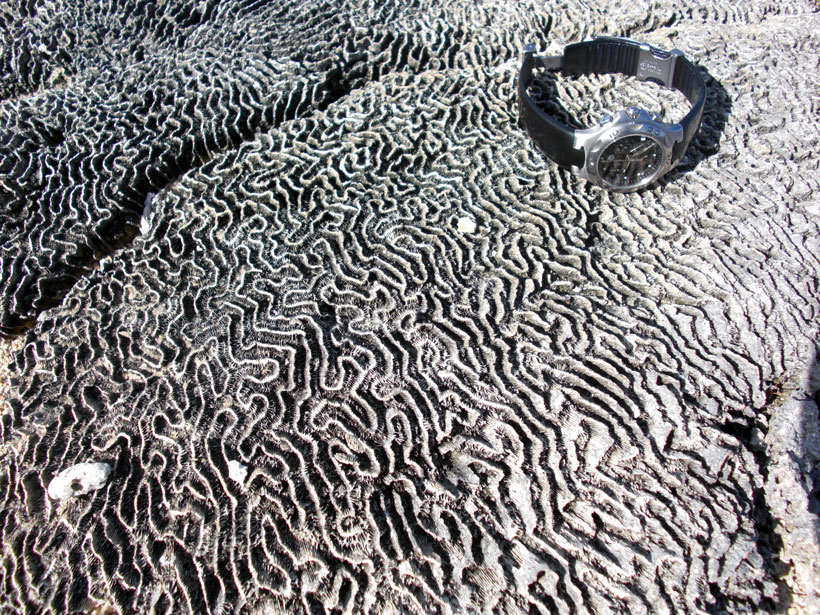New study calculates the delta’s subsidence on the basis of satellite data.
CC BY-NC-ND 2018
How Paleofire Research Can Better Inform Ecosystem Management
Global Paleofire Working Group 2: Paleofire Knowledge for Current and Future Ecosystem Management; Saint-Hippolyte, Quebec, Canada, 10–14 October 2017
Life in the Hyporheic Zone
Defining the chemical relationships between water, sediment, and organisms that thrive beneath riverbeds.
Diagnosing the Warm Bias in the Central United States
A set of four papers published in JGR: Atmospheres present results from a project investigating why models predict warmer surface temperatures than are observed in the central United States.
Senate OK’s New NASA Head by Razor-Thin Margin
Bridenstine, the first politician to lead the agency, is urged to run NASA in a nonpartisan manner and to support its science missions.
Fossilized Caribbean Corals Reveal Ancient Summer Rains
Isotope records and climate modeling suggest that the rainy Intertropical Convergence Zone expanded northward into the southern Caribbean during a warm interglacial period about 125,000 years ago.
Evidence of Extensive Ice Deposits Near Mercury’s South Pole
New radar observations and refined illumination maps reveal uneven water ice deposits twice the size of those found around the planet’s north pole, suggesting the source may be a recent comet impact.
Drones Hunt for Impacts of Oil Exploration on Wetland Emissions
Seismic lines, constructed for petroleum resource exploration, disturb Canadian peatlands, but how can we detect their impact on greenhouse gas budgets?
Exoplanet-Hunting Telescope Launches
Scanning for traces of faraway worlds, TESS will make observations over an area hundreds of times larger than that observed by its predecessor, the Kepler Space Telescope.










